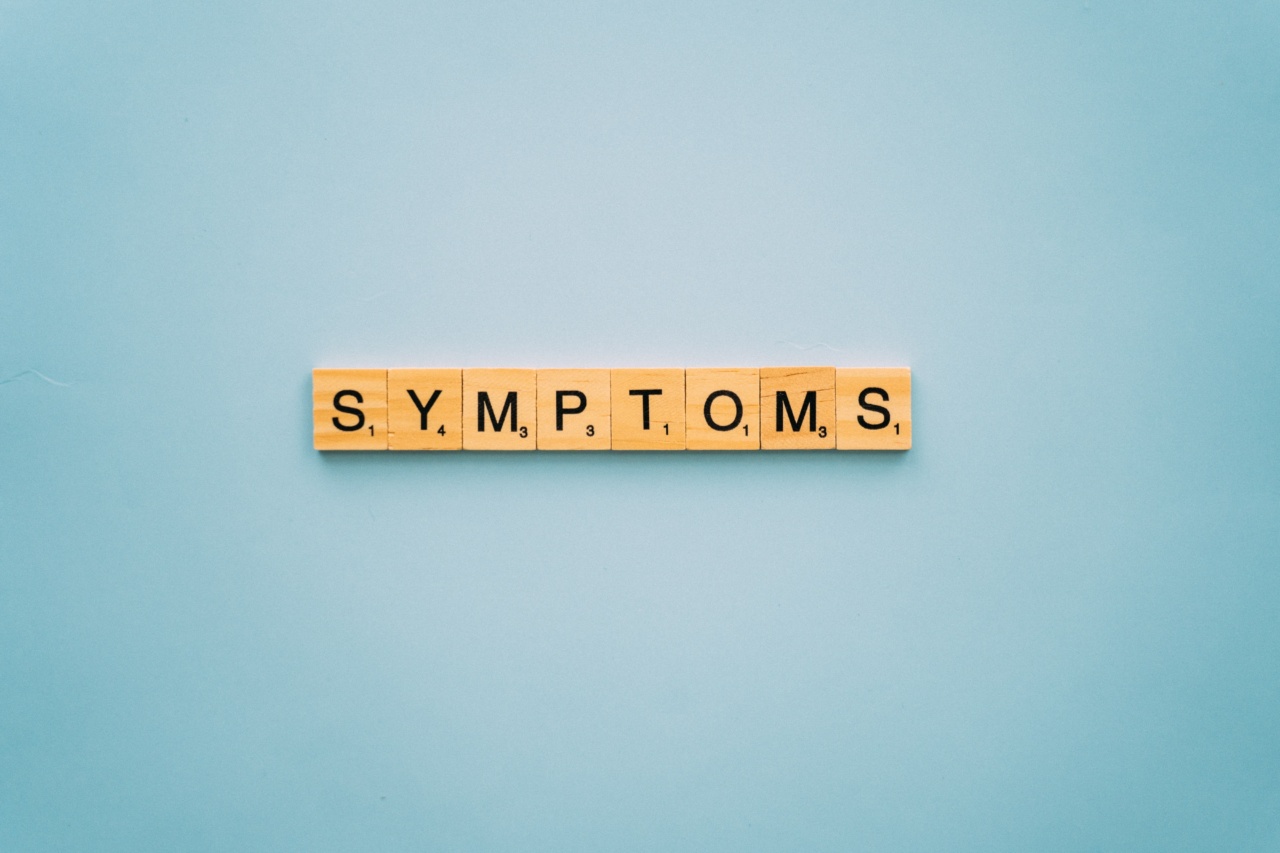Anemia is a condition where the body lacks enough healthy red blood cells or hemoglobin, resulting in inadequate transport of oxygen to the body’s tissues. It’s a common health issue, especially in women, children, and older adults.
Mild cases of anemia may not produce any symptoms, while severe anemia can be life-threatening. Here are seven symptoms that may indicate you have anemia:.
1. Fatigue
One of the most common symptoms of anemia is fatigue or a feeling of weakness. When there are not enough red blood cells in the body, the tissues and organs cannot get enough oxygen to function properly.
This leads to a feeling of tiredness, even when you get plenty of rest. Fatigue is often a sign of chronic anemia, and it may progressively worsen without treatment.
2. Shortness of Breath
Another symptom of anemia is shortness of breath, especially during physical exertion. The lack of oxygen in the body puts a strain on the lungs and heart, making breathing more difficult.
You may feel like you’re out of breath after climbing stairs, exercising, or performing other activities that aren’t normally strenuous.
3. Paleness
If you have anemia, you may notice that your skin, lips, and gums are pale in color. This is because there are fewer red blood cells in the body, which carry oxygen-rich blood and give the skin its reddish-pink hue.
Pale skin may be more noticeable in areas with less pigmentation, like the inner eyelids and palms of the hands.
4. Dizziness and Fainting
Anemia can also cause dizziness and fainting spells, especially when you stand up quickly. This happens because there is less oxygen flowing to the brain, which can make you feel lightheaded or dizzy.
Fainting spells may occur when the brain doesn’t get enough oxygen to function correctly.
5. Irregular Heartbeat
In severe cases of anemia, a person may experience an irregular heartbeat or palpitations. This is because the heart has to work harder to pump blood to the organs and tissues, which can lead to rapid or irregular heartbeats.
You may also feel like your heart is pounding or fluttering in your chest.
6. Cold Hands and Feet
Anemia can also cause a person’s hands and feet to feel cold to the touch. This is because there isn’t enough oxygen-rich blood flowing to the extremities, which can make them feel cooler than the rest of the body.
You may notice that your fingertips and toes also feel numb or tingling.
7. Headaches
Another symptom of anemia is headaches or migraines, especially if they occur frequently. Without enough oxygen flowing to the brain, you may experience pain and discomfort in the head.
This symptom is more common in people with chronic anemia than those with mild or moderate anemia.
If you experience any of these symptoms, it’s important to see a doctor for an evaluation. Anemia can be diagnosed through a blood test, and treatment options vary depending on the severity and underlying cause of the condition.
Conclusion
Anemia is a common health condition that can adversely affect your daily life. The seven symptoms of anemia listed in this article can help you identify if you have this condition.
Remember, anemia is treatable, and visiting your doctor is the first step in regaining your health.




























